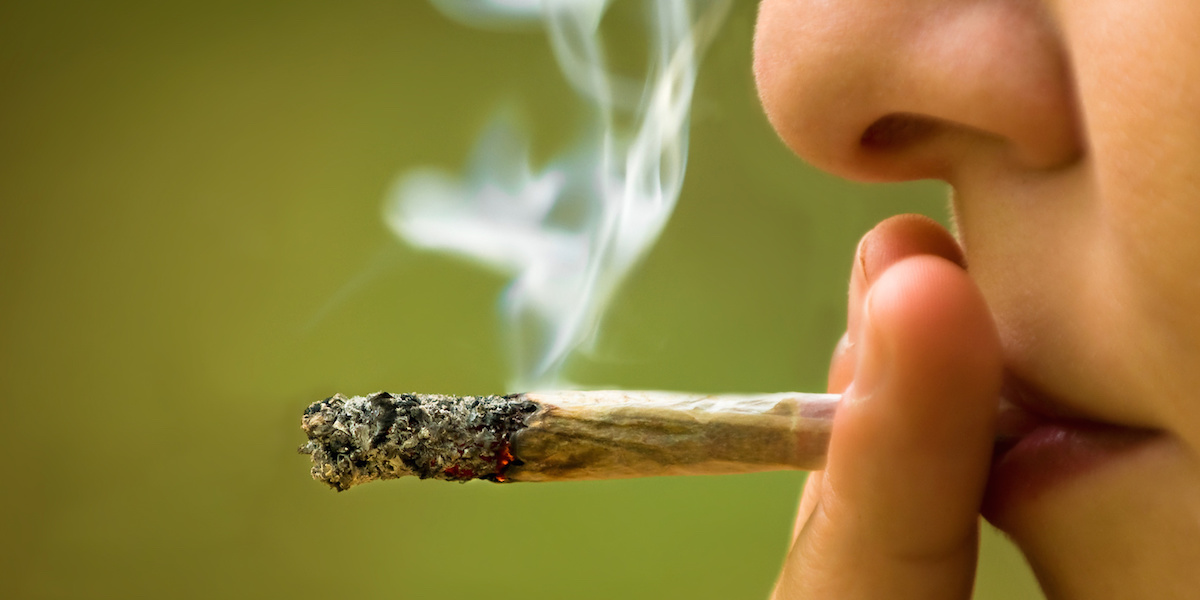
The following is excerpted from an online article posted by Yahoo!
According to a recent study, the number one reason teens say they use cannabis (52.9%) is to calm anxiety. And across the board teen cannabis abuse has increased dramatically — up 245% over the past 20 years, according to one study — with some experts attributing the rise to the wide availability of edibles. While cannabis is legal only for adults, that study’s researchers found that edibles have made the drug more accessible to adolescents and fostered a perception that the drug is totally safe. Edibles are “marketed in ways that are attractive to young people, and they are considered more discreet and convenient,” the study’s lead author said. Indeed, a recent survey on youth and cannabis found that teens view edibles as being less risky than smoking joints or blunts or vaping THC.
But compared to the immediate high of smoking weed, the high from edibles can take several hours, leading some impatient teens to take more of them — and causing intense and unpredictable highs.
It’s why headlines about teens being rushed to the ER after overindulging in the middle of their school day — something they can easily do without detection — seem to come at a constant clip, with cities including Boston, Chicago, New York City and Los Angeles and suburban schools in Ohio, Indiana, New York and other states reporting kids getting sick, passing out and even having seizures after ingesting high-dose THC edibles.
“If you are using a gummy in school, it’s hard to catch you,” Bonnie Halpern-Felsher, youth risk behavior expert and professor of pediatrics at the Stanford School of Medicine, tells Yahoo Life about why kids are being so brazen. “They’re super-easy to hide. So they’re feeling less vulnerable to getting caught.” In fact, a 2017 focus group study on cannabis edibles and teens revealed that they opted for edibles “primarily to reduce the likelihood of getting caught.”
Plus, with expanding legality, edibles are “ubiquitous,” Halpern-Felsher, creator of the widely used Cannabis Awareness and Prevention Toolkit, says. “They’re everywhere right now.”
“Young people think that to self-medicate [with weed] is the way to reduce their stress. But that is not true. Actually what it often does is make you feel more stressed, because you want more of it — especially if you’re addicted.”
The science behind edibles, says Dr. Travis Fahrenkamp, psychiatrist at the Hazelden Betty Ford Center for Teens, Young Adults and Families, has to do with how the body metabolizes the psychoactive substance THC. “When edibles are ingested, they go through the GI tract, they get into the bloodstream, and they go through what is called first-pass metabolism, which means they’re metabolized by the liver.”
That process, he says, forms an additional psychoactive metabolite called 11-OH THC, which can be even more potent and appear in the blood at higher quantities. “That’s where not only do you get longer duration” of the high, Fahrenkamp says, “sometimes you get more of a psychoactive effect, depending on the dose that you’re taking.”
While you may not be able to overdose and die as you could with, say, opioids, there are plenty of risks with ingesting THC, Fahrenkamp warns — the first of which is taking way too much to begin with.
A factor with taking too much, Fahrenkamp explains, is that the high of edibles not only lasts a lot longer than that of smoking (up to 12 hours or more, compared to about four hours), but it also takes a longer time to kick in: While smoking takes effect immediately and peaks in about 20 to 30 minutes, edibles can take about an hour or longer to get you high, peaking at around the two- to four-hour mark.
“So let’s say that they’re waiting 30 minutes and are like, ‘Oh, I don’t feel anything, maybe I need to take more.’ And then they take more and more, and then it starts hitting them. Then they’ve already taken too much,” he explains.
Source: Yahoo!
https://www.yahoo.com/lifestyle/teens-cannabis-edibles-at-school-risky-224851108.html

 Teen Loneliness Triggers ‘Reward Seeking’ Behavior
Teen Loneliness Triggers ‘Reward Seeking’ Behavior  The Hidden Mental Health Danger in Today’s High-THC Cannabis
The Hidden Mental Health Danger in Today’s High-THC Cannabis  Teen Suicide, Binge Drinking Decline, New National Data Show
Teen Suicide, Binge Drinking Decline, New National Data Show